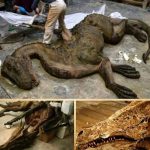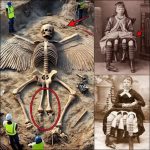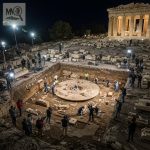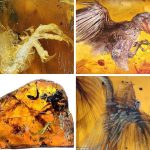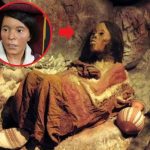Two Ancient Mummies Discovered: Is Cleopatra’s Lost Tomb Finally Near?
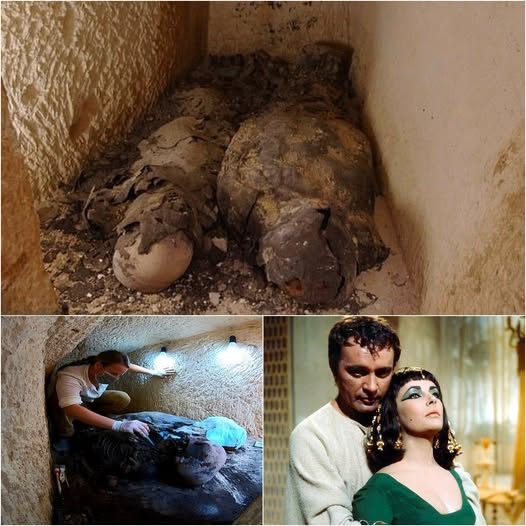
In a remarkable archaeological breakthrough, two ancient mummies believed to date back to the era of Cleopatra have been unearthed near the Taposiris Magna temple in Egypt. This discovery has sparked excitement among historians, archaeologists, and enthusiasts worldwide, raising the tantalizing possibility that these findings could be connected to the long-sought tomb of the legendary queen and her consort, Mark Antony.
The Discovery

The mummies were uncovered in a carefully excavated chamber, adorned with gold-leaf coverings and intricate burial artifacts indicative of high-status individuals. The style and craftsmanship of the coffins suggest a connection to the Ptolemaic dynasty, which ruled Egypt during Cleopatra’s reign. Though the identities of the mummies remain unknown, the richness of their burial and the proximity to Taposiris Magna—an important ceremonial and religious site—imply that they belonged to individuals of significant importance, potentially close to the royal court.
Archaeologists are approaching the discovery with meticulous care, employing modern imaging techniques, DNA sampling, and carbon dating to determine the age and possible lineage of the mummies. Each artifact and burial detail is being documented to provide insight into funerary practices, political hierarchies, and the cultural context of Ptolemaic Egypt.
The Link to Cleopatra
Cleopatra VII remains one of history’s most enigmatic and captivating figures. Rumors and legends about her tomb have circulated for centuries, but no conclusive evidence has ever been found. The discovery of these mummies near Taposiris Magna adds weight to the theory that Cleopatra’s final resting place could be in or near this temple complex, a site known for its religious and political significance during her reign.

Historians suggest that uncovering high-ranking mummies with royal or ceremonial adornments could provide crucial clues to locating Cleopatra’s tomb. Symbols, inscriptions, or relics associated with the Ptolemaic dynasty may eventually point researchers toward her final resting place. Such a finding would not only solve a millennia-old mystery but also shed light on the life, death, and legacy of one of Egypt’s most legendary rulers.
Historical and Cultural Significance
Beyond the potential link to Cleopatra, the discovery offers invaluable insights into Ptolemaic burial customs, artistry, and social structures. Gold-leaf coffins, ritual objects, and ceremonial arrangements reflect the fusion of Egyptian and Hellenistic traditions, a hallmark of the Ptolemaic era. Studying these mummies allows archaeologists to understand how royalty and elites navigated the interplay of religion, politics, and personal legacy.
Furthermore, these findings underscore the importance of Taposiris Magna as a historical and religious hub, potentially holding other undiscovered tombs and artifacts of significant archaeological value. Each new discovery contributes to reconstructing the broader narrative of ancient Egypt during a period marked by political intrigue, cultural fusion, and legendary figures.
Conclusion
The unearthing of two high-status mummies near Taposiris Magna reignites hopes that Cleopatra’s lost tomb may soon be revealed. While identification and analysis are ongoing, the richness of the burial and its proximity to key Ptolemaic sites make this discovery a potentially pivotal moment in Egyptology. For historians and the public alike, the sands of Egypt may finally be ready to unveil one of history’s greatest secrets, rewriting our understanding of the Ptolemaic dynasty and the enduring legacy of Cleopatra and Mark Antony.
